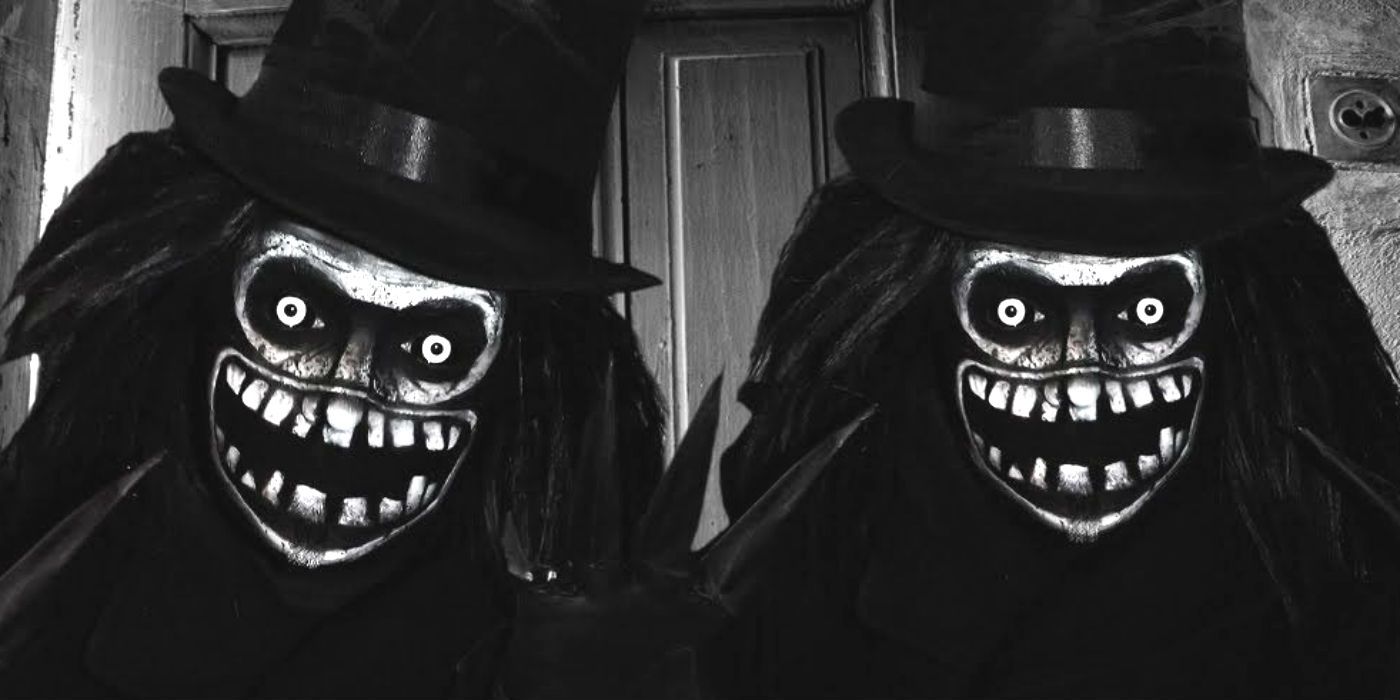Minimalist documentarian Roberto Minervini says he long ago fell in love with “the physicality of the camera” – a passion so strong, he now demands that his camera operators learn controlled breathing and work out extensively before a shoot can begin.
There’s nothing that bothers him more, he told fans at the Ji.hlava Intl. Documentary Film Festival, than detecting slight movements of the frame from the cameraperson’s breathing.
And sure, he could have used Steadicams while filming this year’s American Civil War drama, “The Damned.” But that would mean “limiting camera movement” and would add 45 minutes of setup time, besides making the rig too imposing, he says.
Making his first in-person appearance at Ji.hlava, Minervini has fascinated audiences with his perspectives. In 2020, the fest screened his docs “Low Tide” (2012), “Stop the Pounding Heart” (2013) and “The Other Side” (2015), but in that COVID lockdown year, live guests were out of the question.
Minervini’s ideal crew size while shooting in freezing Montana hill country, he says: “Four people. Maybe six.”

All that’s really required is director, camera, sound person and a P.A. to help with things, says Minervini.
Nor does he believe in a written script. The director of the controversial docs “The Other Side” and “What You Gonna Do When the World’s on Fire?” (2018) says he prefers to let the actors figure out what their characters should say.
His decision to move into narrative territory after years in documentary was based on a quest for authenticity, he says – and for his North Star: “relatability.” Minervini concluded after filming scores of America’s least fortunate citizens, from heavily armed citizen militias in the South to starving Black hip-hop artists, that documentary makers too often purport to be revealing truth.
A more honest approach is to abandon that goal and try instead to create moments of spontaneous human reality, he believes – which are just as likely to happen in a historical war setting.
Besides, he says, “I’d never made a war film” – though he admits learning his way around weapons while shooting his earlier docs.
While filming “The Damned,” he says, shooting for an hour might produce a minute of good dialogue, and that’s just fine. But you do need someone who can hold a camera rock steady “for maybe 15 minutes” before changing angles.
In the moody, naturally lit film, shot mainly with one lens and one aperture, a veteran Union soldier looks concerned about whether a young recruit can hold up under fire. “You shot one before?” he asks the kid. “Yeah.”
“What have you shot?”
“Rabbits.”
The scene was improvised by actors who look like they’ve escaped from a 19th-century photo engraving by Mathew Brady, says Minervini, who relishes casting non-actors alongside experienced ones. In “The Damned” the gun armorer on set is also playing one of the soldiers.
It’s a characteristic method to eschew a written script, he says, and instead let the actors discover their conflicts and words.
“I know at any given moment during the shoot, I will film a moment, something that you could call Situation A. Then I know I will film Situation B – and that’s how the discussion begins. But once we’ve got to B, how do you want to get out of there?”
He questions his actors constantly, ensuring they’ve made a choice that works better than the other alternatives, he says.
“You want to create a link that allows you to release tension, you want to create a link that allows you to increase tension. So the film moves based on those decisions. I know I have to link those moments – I know I can link them emotionally, rhythmically, in many different ways.”
Nor is their apparent fear, exhaustion and cold an act, says the director, who studied the actual ratio of fighting to waiting around in real-world battles. “It’s 98% waiting, 2% fighting.”
Thus, his cast spent weeks trudging around freezing land, hauling a wagon up a hill, shivering in their blue uniforms and mud until, out of nowhere, one day they were under fire as darkness began to set in.
The actors weren’t told when or from where the attack would come.
That there were no known Civil War battles in Montana doesn’t trouble Minervini. Nor does he worry that the young recruit says he’s from Texas, a Confederate state, when asked. “He was from Texas,” he says of the actor, so the answer’s authentic.
Minervini’s unconventional approach is perhaps not surprising, considering his path to directing. The Italian-born former punk band singer, music producer, IT guru and, for a time, Houston real estate mogul, relishes breaking conventions, he says.
His number one enemy: “The status quo.”




:quality(85):upscale()/2024/10/29/957/n/1922441/c62aba6367215ab0493352.74567072_.jpg)
:quality(85):upscale()/2021/07/06/971/n/1922153/7d765d9b60e4d6de38e888.19462749_.png)

:quality(85):upscale()/2024/10/29/987/n/49351082/3e0e51c1672164bfe300c1.01385001_.jpg)

 English (US) ·
English (US) ·